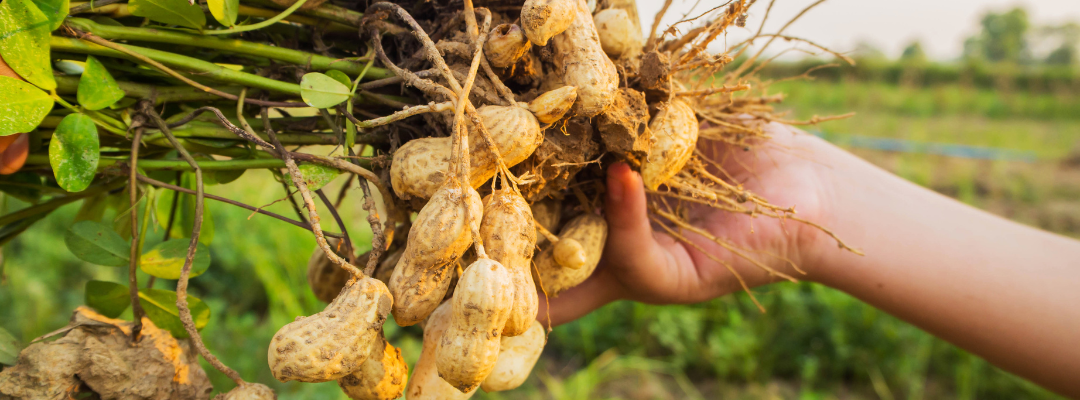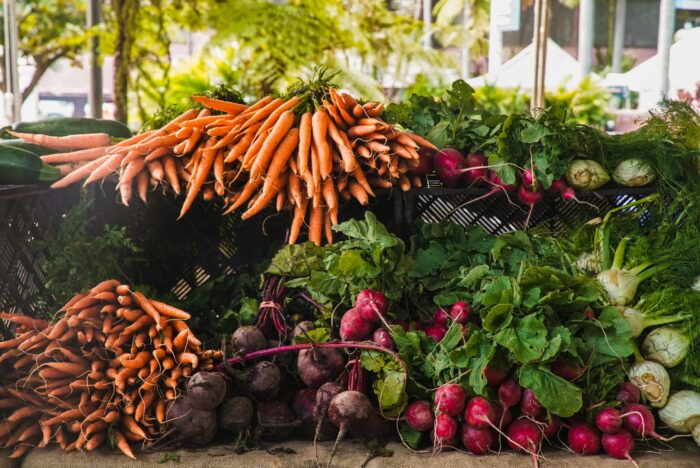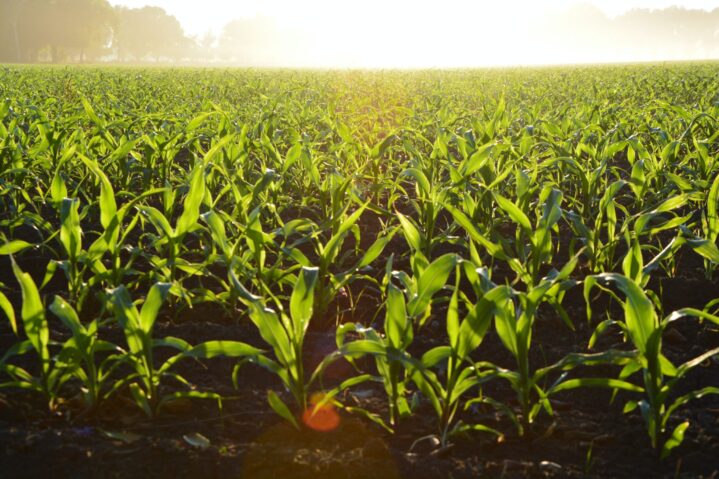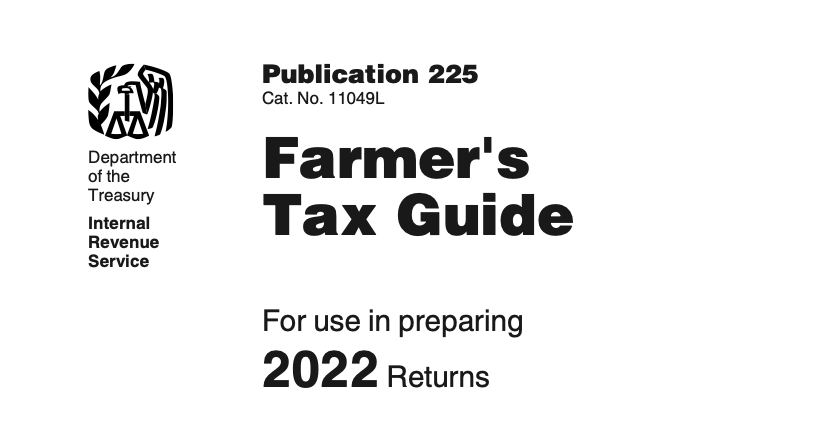Prices at the grocery store are higher for nearly everything, but one staple food item, in particular, is likely a key driver of recent sticker shock for consumers. Egg prices during the holiday season were up more than double over the same period in 2021. Retail egg prices averaged $4.25 per dozen in December 2022, a record high. This compares to $1.79 per dozen in December 2021.
The main culprit of the higher prices is a supply disruption at a time when consumers have a strong demand for eggs. Highly Pathogenic Avian Influenza (HPAI), often called the bird flu, is an important concern each year, but was especially problematic in the U.S. during 2022. USDA reports that HPAI was detected in 307 commercial flocks in 2022. HPAI is very contagious between birds, so strict containment protocols including depopulation of infected flocks are used to prevent additional spread to other flocks.
USDA estimates that approximately 57 million birds in the U.S. were affected by HPAI in 2022. Of this total, nearly 40 million were egg laying hens lost to HPAI between February and December 2022. There were 320 to 335 million hens laying eggs each month in 2021 but that total has been in the 299 to 310 million hen range between April to October 2022. Fewer laying hens has led to fewer eggs produced and tighter supplies for eggs consumers. Egg production has trended down over the last couple of years due to high feed costs, rising other production costs, and the turmoil of the pandemic on profits.
On the demand side, the holiday season is peak season for egg consumption. According to the first weekly USDA “Egg Markets Overview” of 2023, an estimated 11.4 eggs during the Thanksgiving holiday and 8.6 eggs during Christmas were used per household. The Christmas estimate is 1.6 eggs higher than Christmas 2021. Even at high prices, U.S. consumers still purchased a lot of eggs over the holidays. Strong demand at a time when supplies are tighter drove egg prices higher.
The good news is that egg prices are expected to moderate in the months ahead. Consumer demand for eggs will not be at holiday levels, except for Easter egg hunts, and egg producers will continue to try to recover from the supply disruptions. HPAI concerns will continue into 2023 and future impacts could affect supplies this year, too. But current USDA forecasts are for 2023 egg prices to fall back to more normal levels as the supply and demand balance improves.

Author: Josh Maples
Assistant Professor, Livestock, Production Economics, Commodity Marketing
Mississippi State University
Maples, Josh. “Record Egg Prices Driven by Supply Disruptions.” Southern Ag Today 3(5.2). January 31, 2023. Permalink
Image credit to Julia Filrovska














